Plantar Fasciitis Explained: Causes, Symptoms, And Recovery
Learn what plantar fasciitis is, its causes, symptoms, and the best treatment options available at Vejthani International Hospital in Bangkok.
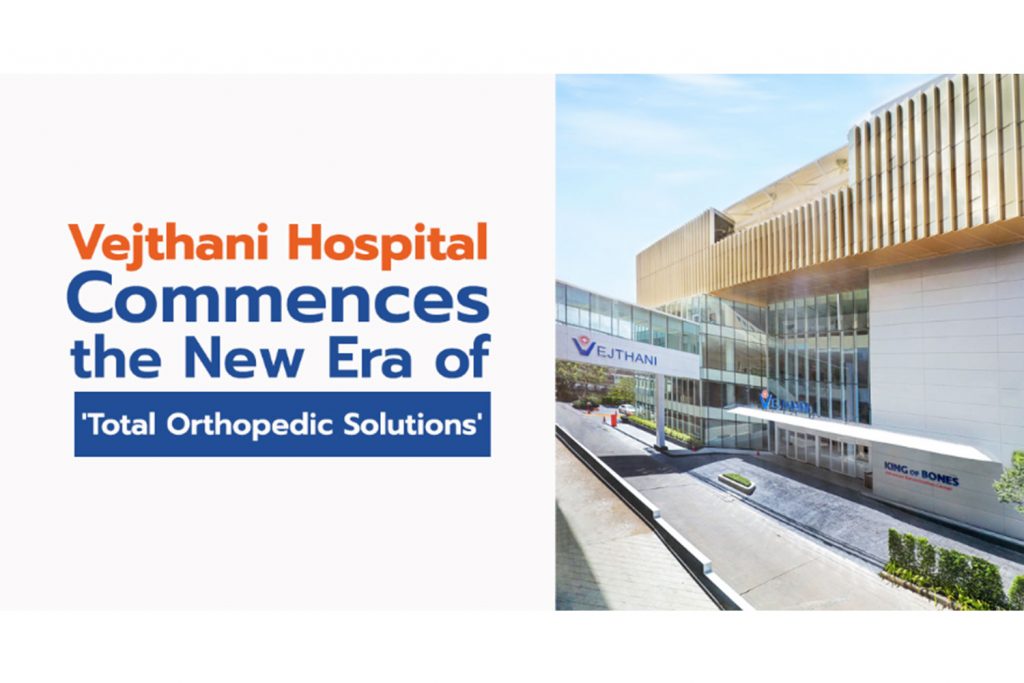
The holistic care for patients with spine, musculoskeletal and orthopedic conditions has involved not only one medical specialty but also a multi-disciplinary team of orthopedists, physiatrists, physiotherapists, and occupational therapists.
Recently, Vejthani Hospital has opened the “King of Bones” building which consists of Orthopedic Center, Spine Center, Total Joint Replacement Center, Advanced Rehabilitation Center, and Diagnostic Imaging Center in which all departments are equipped with cutting-edge medical technology equipment, providing the total orthopedic solutions. In addition, robotic technology is being accustomed in many areas, including diagnosis, surgery, and rehabilitation.
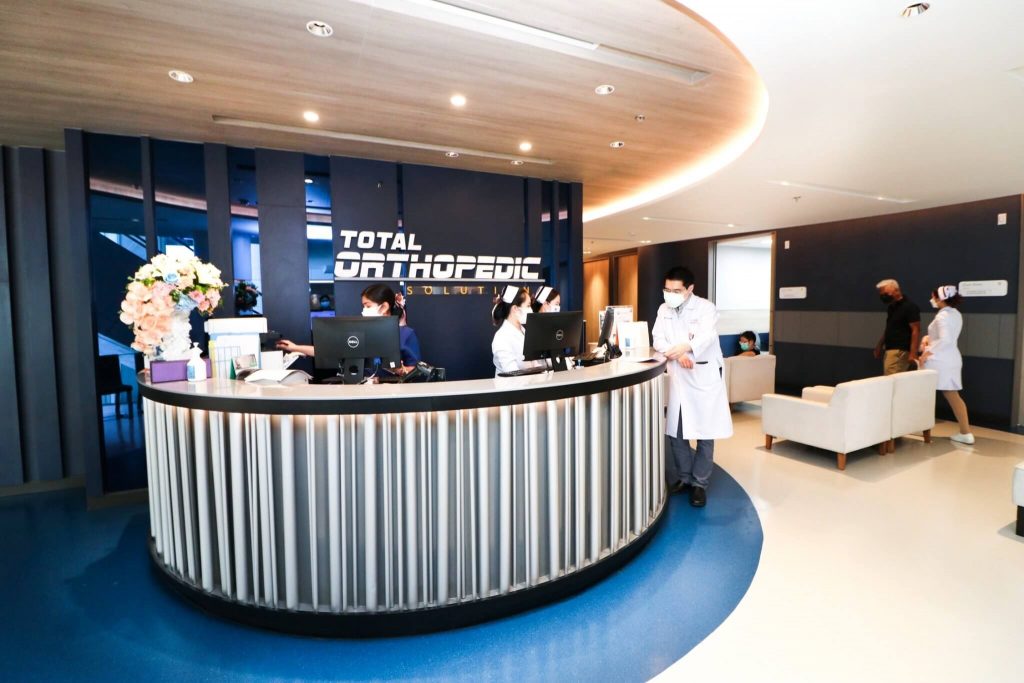
Vejthani Hospital’s Chief Executive Officer, Charkrit Soucksakit, Ph.D., said, “the King of Bones” was established under the aim to provide a holistic care for the patients with spine, musculoskeletal and orthopedic conditions, starting from advanced diagnosis, treatment, surgery, and rehabilitation under the care of a highly skilled and experienced medical team.”
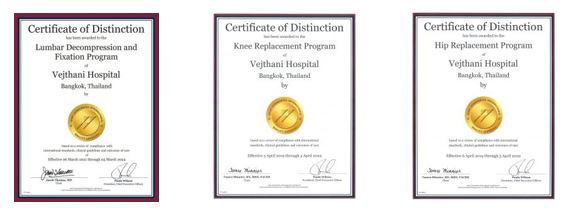
Charkrit Soucksakit, Ph.D., added that “Vejthani Hospital is Thailand’s first hospital that has received CCPC accreditation for Total Knee Replacement Program, Hip Replacement Program, Lumbar Decompression and Fixation Program, and has recently been granted the re-accreditation for the programs in the field of orthopedics until now, making a popular patient’s claim that Vejthani Hospital is the ‘KING OF BONES’”
The “King of Bones” provides the most advanced orthopedic surgery under the hands of highly experienced orthopedic surgeons with the help of cutting-edge medical technologies and robots, such as the O-Arm Surgical Imaging System (Intraoperative 2D/3D Imaging System), Surgical Navigator, Intraoperative Neuromonitoring, and many more.
Aside from the advancement of orthopedic surgery, Vejthani Hospital has been continuously developing and improving the post-operative rehabilitation programs, as well as the rehabilitation programs using the robotic-assisted gait training and balance training machines such as Lokomat, C-Mill, and Keeogo exoskeleton which are designed for patients with mobility and ambulation disorders.
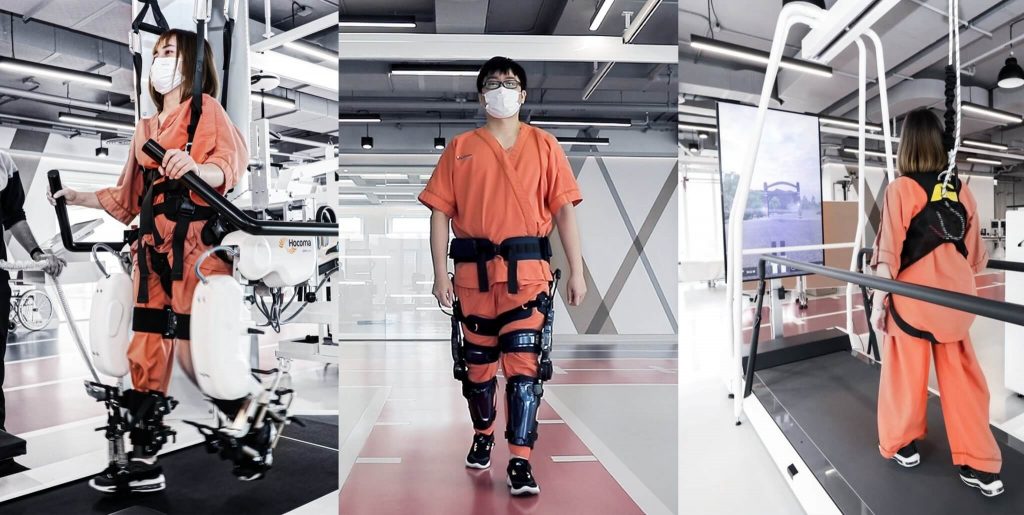
Lokomat is the world’s leading robotic-assisted gait training machine for patients with gait disturbance caused by neurological, muscular or bone-related disorders such as stroke, spinal cord injury/lesion, traumatic brain injury, and Parkinson’s disease. Lokomat provides highly repetitive and effective physiological gait training with various motivational game-like exercises to allow patients to feel their maximum physical ability. Lokomat therapy improves overground walking function, walking speed and endurance, balance, lower extremity muscle strength and quality of life.
Keeogo exoskeleton is a smart powered orthosis walking assistance device that could help patients make healthier steps and walk farther and longer. Keeogo improves independence walking and climbing stairs. Patients with stroke, Parkinson’s disease, incomplete spinal cord injury, osteoarthritis of knee and geriatric could benefit from Keeogo.
The C-Mill functional gait and balance training machine is an advanced evaluation and training treadmill with augmented and virtual reality technology. C-Mill helps patients train and prepares for their everyday life’s environment in changing circumstances, like walking in a crowded area or avoiding obstacles in order to enhance the balance, gait stability, as well as cognitive functions.
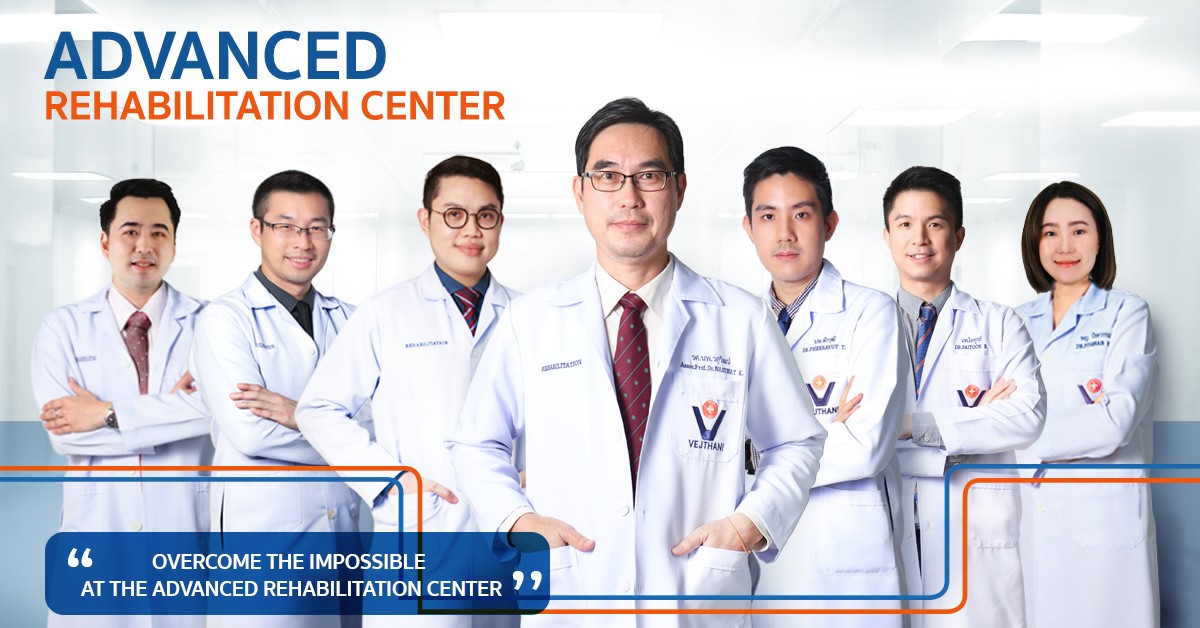
Assoc. Prof. Wasuwat Kitisomprayoonkul, a physiatrist at Vejthani Hospital, said that Rehabilitation Medicine and Physical Therapy aims to enhance and restore functional ability and quality of life to those with physical impairments or disabilities. Rehabilitation Medicine and Physical Therapy help the patient to maximize their independence in self-care and ambulation. However, traditional rehabilitation method has several limitations that could hinder an effectiveness of therapy, especially in patients who have severe impairment. Physiotherapist needs vigorous attempt to physically support them during training. The patients also feel exhaustive during such training. That makes it impossible for them to train continuously for a long time, resulting in insufficient number of steps. More steps/movement means more neuroplasticity. So these limitations lead to the less effective outcome.
Robotic-assisted gait training was invented to solve that limitation. Robot helps physiotherapist to train the patients with task-specific task and high repetitive training. Repetitive movement stimulates a Central Pattern Generator which stimulates the nervous system that controls rhythmic motor patterns such as walking. This procedure provides superior results in restoration of the patient’s mobility. Improvement of functional ambulatory category, gait speed and endurance are better than the traditional therapy.
Previously, Vejthani Hospital has served over 300,000 patients from 100 countries annually. On account of the establishment of the King of Bones Building, Charkrit Soucksakit, the CEO of Vejthani Hospital, aims to increase the number of patients by 100%.
Source Bangkok Post : https://www.bangkokpost.com/business/2171091/vejthani-hospital-commences-the-new-era-of-total-orthopedic-solutions